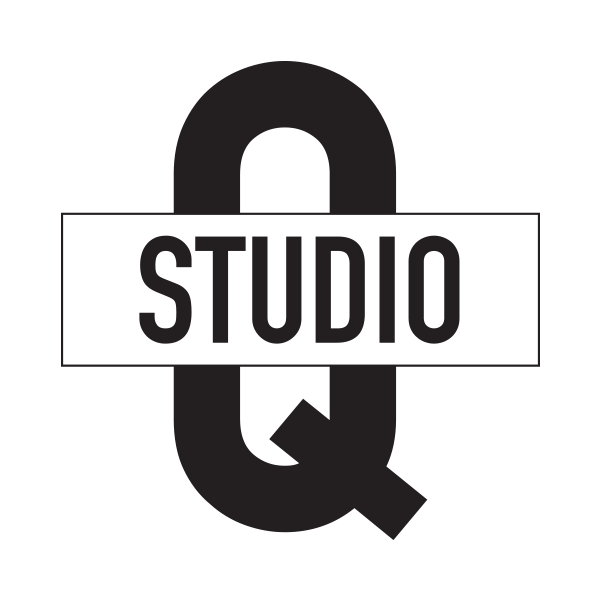I’m not 100% sure, but the Collodio-Albumen Dry Plate process is probably going to be my negative-making method for this project. Here’s why.
The first and foremost reason is quality. I can see from my Half Plate tests that these negatives have a range and quality that surpass wet plate negatives. The extreme detail, or information in them is mind-boggling. The second reason is that the preparation is easier, or more stable, than other dry plate processes. I can prepare all the plates I want over the winter, photograph and process plates all spring, summer, and fall. I plan to print a lot in the winter, too. And finally, durability, and archivability. Honestly, I’m more interested in how “tough” the albumen is - you don’t even have to varnish these negatives if you don’t want to! I will in fact, varnish my negatives.
I’m very excited to have a few nice days of weather coming up. I plan to test this process in the Whole Plate format (my final format) making some negatives around the property. I’m hoping that my exposure times are in the range of 2 to 5 minutes. That is with the 290mm (Dallmeyer 3B) lens stopped down to f/11. I’m pretty sure that if I can get that speed on the first of March, my exposure times up here in June and July will be 1 to 2 minutes. That’s what really excites me. I get the QUALITY of the negative (unmatched) and the speeds of (almost) wet-plate - not really - but so much better than 10 or 20 minutes. I wouldn’t have that kind of time for an exposure at this elevation. Weather can change very fast up here. I want to stay under 3 minutes. And I think I can make that happen.
In other posts, I’ve mentioned that this work will be printed with the Mare-Walde POP Platinum process, mostly palladium actually. And then I’ll do a single gum over with this transparent red oxide pigment. I think the prints will be so unique in quality that they will raise the bar on POP! (in a good way)

































